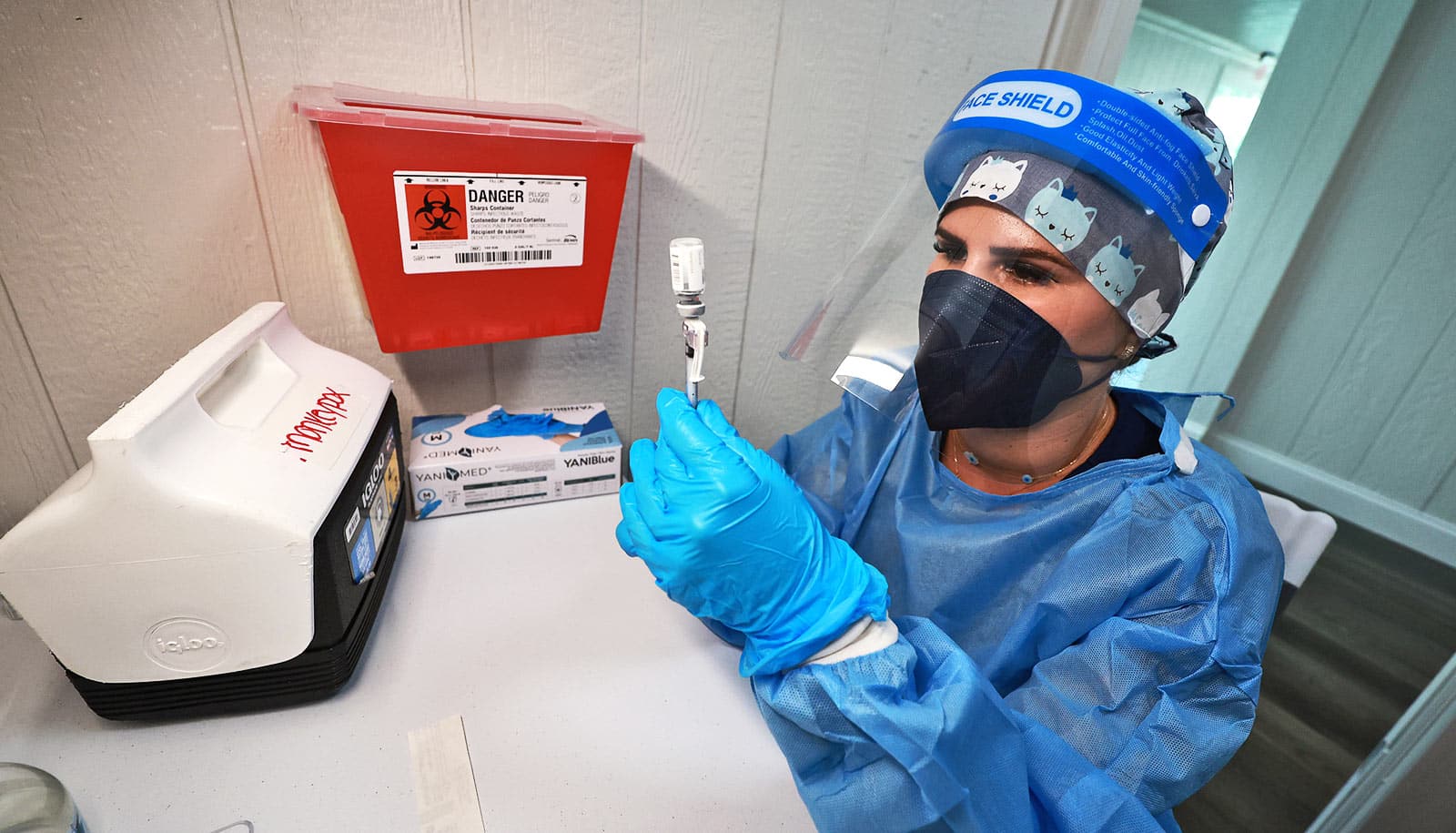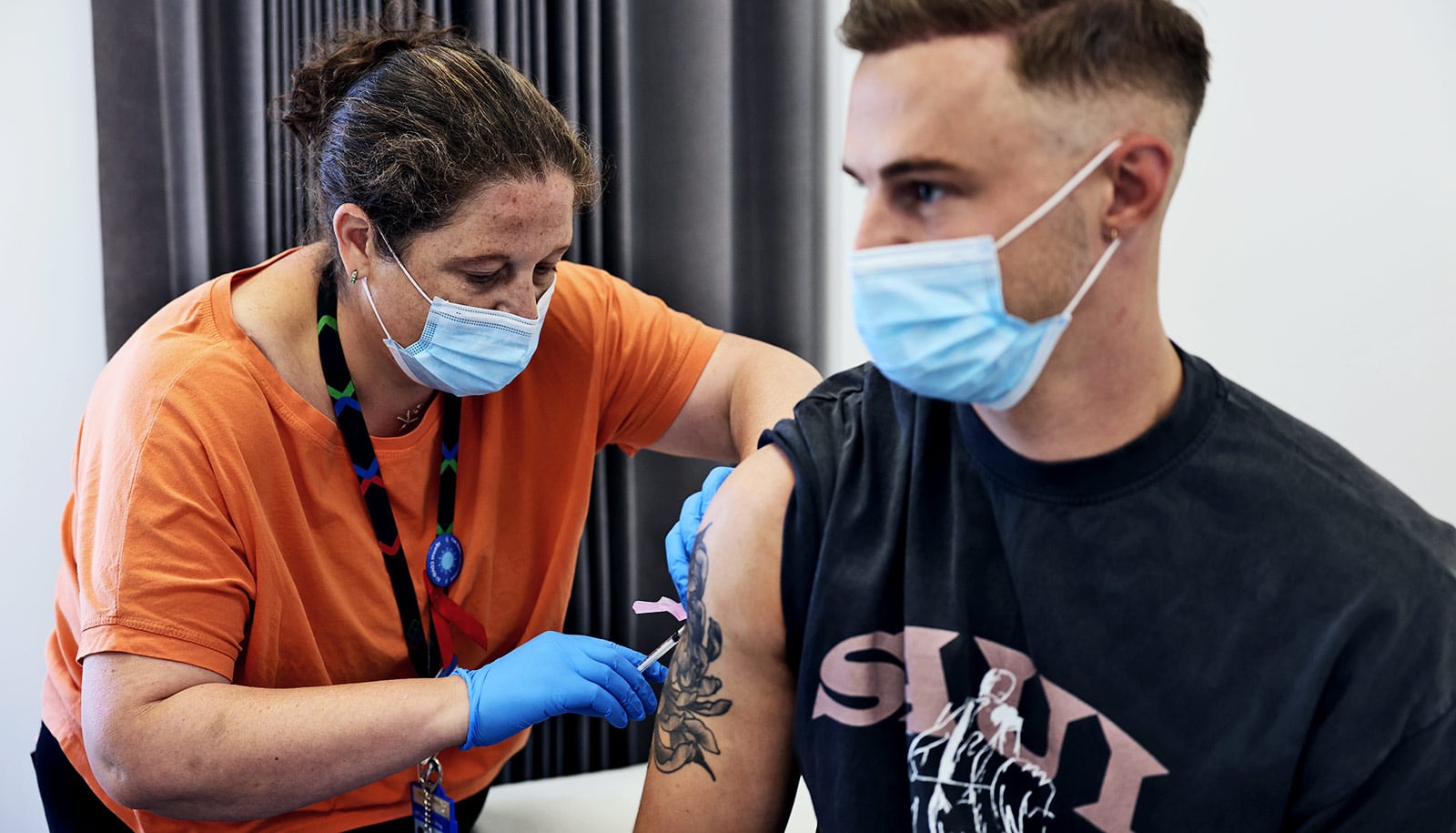Researchers have identified the specific mutations in the monkeypox virus that contribute to its continued infectiousness.
Monkeypox has infected more than 77,000 people in more than 100 countries worldwide. Similar to COVID-19, mutations have enabled the virus to grow stronger and smarter, evading antiviral drugs and vaccines in its mission to infect more people.
The new findings could lead to several outcomes: modified versions of existing drugs used to treat people suffering from monkeypox or the development of new drugs that account for the current mutations to increase their effectiveness at reducing symptoms and the spread of the virus.
Kamlendra Singh, a professor in the University of Missouri College of Veterinary Medicine and Christopher S. Bond Life Sciences Center principal investigator, and collaborators, analyzed the DNA sequences of more 200 strains of monkeypox virus spanning multiple decades, from 1965, when the virus first started spreading, to outbreaks in the early 2000s, and again in 2022.
“By doing a temporal analysis, we were able to see how the virus has evolved over time, and a key finding was the virus is now accumulating mutations specifically where drugs and antibodies from vaccines are supposed to bind,” says coauthor Shrikesh Sachdev. “So, the virus is getting smarter, it is able to avoid being targeted by drugs or antibodies from our body’s immune response, and continue to spread to more people.”
3D monkeypox model
Singh has studied virology and DNA genome replication for nearly 30 years. He says the homology, or structure, of the monkeypox virus is very similar to the vaccinia virus, which has been used as a vaccine to treat smallpox. This enabled Singh and his collaborators to create an accurate, 3D computer model of the monkeypox virus proteins and identify both where the specific mutations are located and what their functions are in contributing to the virus becoming so infectious recently.
“Our focus is on looking at the specific genes involved in copying the virus genome, and monkeypox is a huge virus with approximately 200,000 DNA bases in the genome,” Singh says.
“The DNA genome for monkeypox is converted into nearly 200 proteins, so it comes with all the ‘armor’ it needs to replicate, divide, and continue to infect others. Viruses will make billions of copies of itself and only the fittest will survive, as the mutations help them adapt and continue to spread.”
Shree Lekha Kandasamy and high school student Saathvik Kannan examined five specific proteins while analyzing the monkeypox virus strains: DNA polymerase, DNA helicase, bridging protein A22R, DNA glycosylase, and G9R.
“When they sent me the data, I saw that the mutations were occurring at critical points impacting DNA genome binding, as well as where drugs and vaccine-induced antibodies are supposed to bind,” Singh says. “These factors are surely contributing to the virus’ increased infectivity. This work is important because the first step toward solving a problem is identifying where the problem is specifically occurring in the first place, and it is a team effort.”
Evolution mystery
Researchers continue to question how the monkeypox virus has evolved over time. The efficacy of current CDC-approved drugs to treat monkeypox have been suboptimal, likely because they were originally developed to treat HIV and herpes but have since received emergency use authorization in an attempt to control the recent monkeypox outbreak.
“One hypothesis is when patients were being treated for HIV and herpes with these drugs, they may have also been infected with monkeypox without knowing, and the monkeypox virus got smarter and mutated to evade the drugs,” Singh says. “Another hypothesis is the monkeypox virus may be hijacking proteins we have in our bodies and using them to become more infectious and pathogenic.”
Singh and Kannan have collaborated since the COVID-19 pandemic began in 2020, identifying the specific mutations causing COVID-19 variants, including Delta and Omicron.
The study appears in the Journal of Autoimmunity.
Source: University of Missouri



